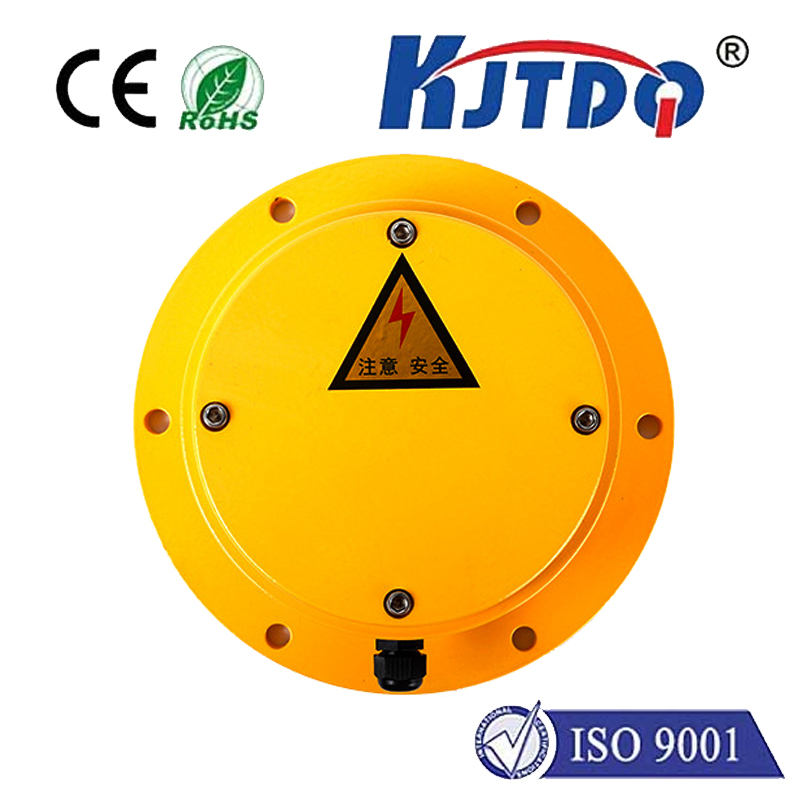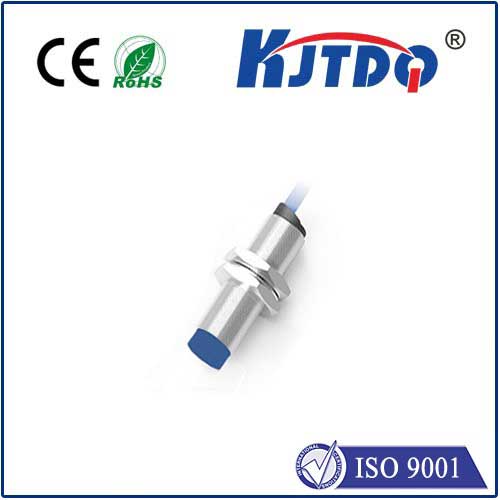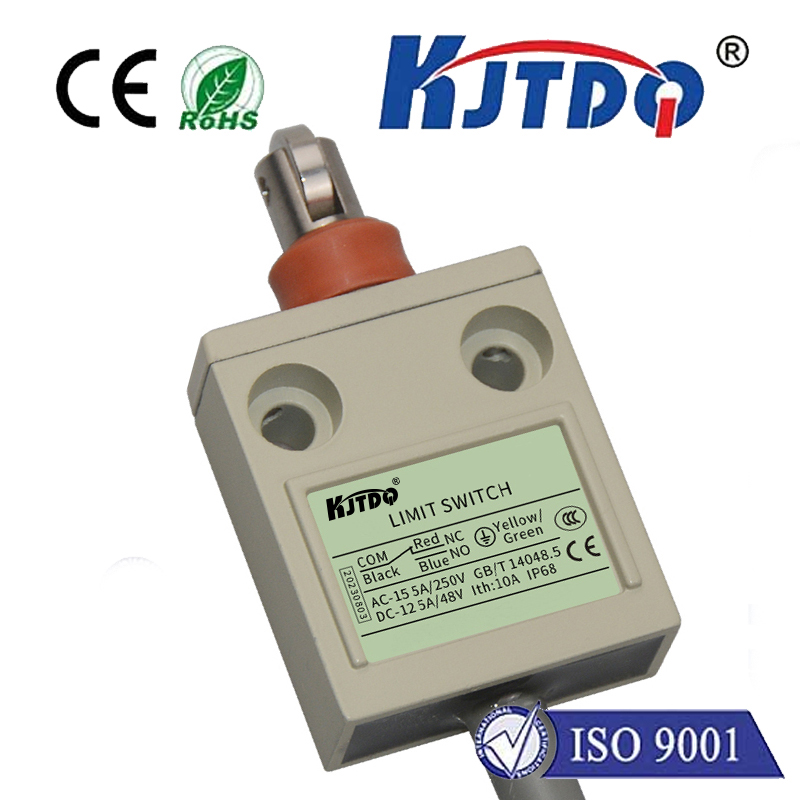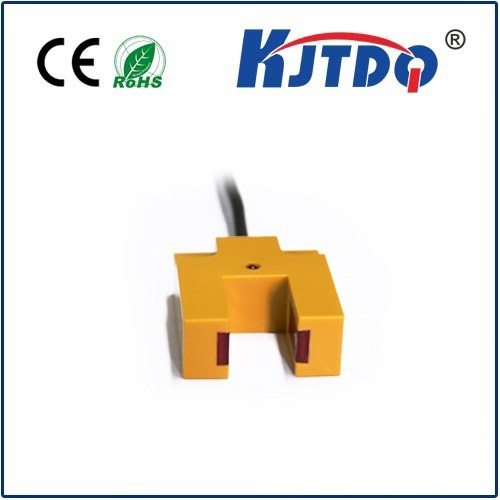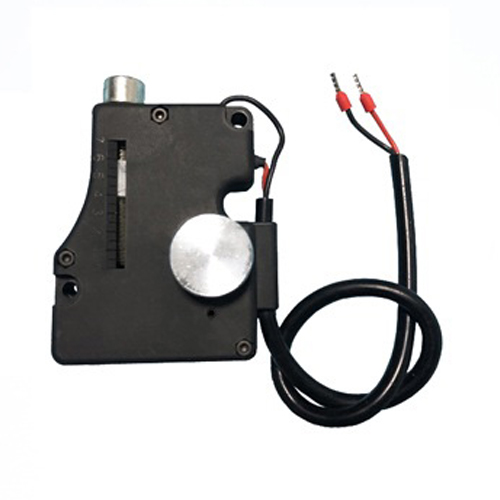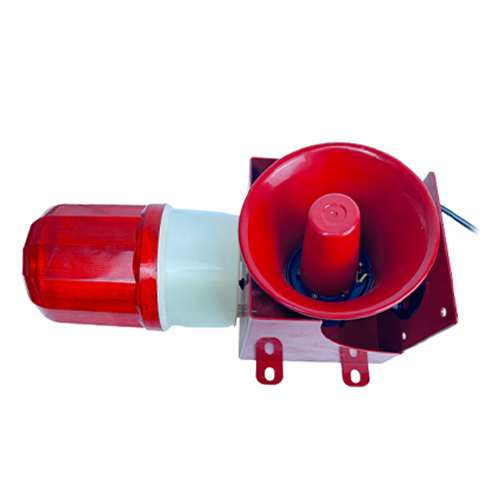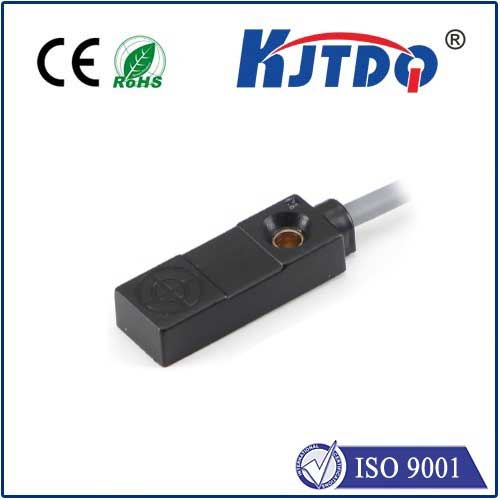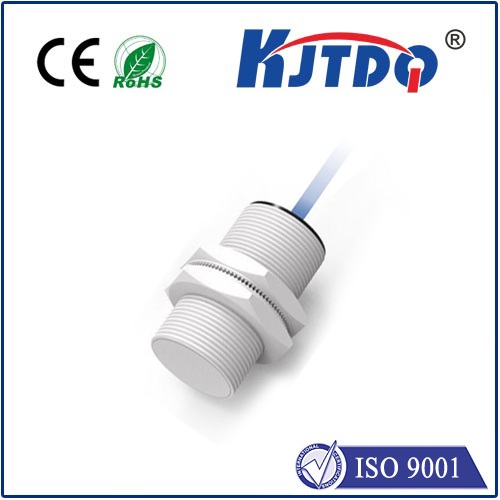

check

check

check

check

check

check

check

check

check

check
Title: High-Limit Switch: A Comprehensive Guide to Understanding Its Functions and Applications
High-Limit Switch, also known as a safety switch, is an essential component in various industrial and commercial settings. It is designed to prevent equipment or machinery from operating beyond a specified limit, thereby preventing accidents and ensuring safety. In this article, we will explore the functions and applications of high-limit switches in detail.
Part 1: Understanding High-Limit Switches
A high-limit switch is a device that detects the presence of an object or the passage of a person through an opening. Once the switch is triggered, it immediately interrupts the flow of power or movement to prevent damage to equipment or injury to personnel. There are two main types of high-limit switches: mechanical and electronic.
Mechanical high-limit switches are commonly used in simple applications where precise positioning is not necessary. These switches consist of a lever or disc that contacts a mechanism when it reaches its maximum or minimum travel distance. The lever's movement is then used to turn on or off a circuit breaker or other electrical component.
Electronic high-limit switches, on the other hand, use advanced technologies such as microswitches, photoelectric sensors, and proximity sensors to detect the presence of an object or person. These switches offer greater precision and flexibility than mechanical switches and are suitable for complex applications where precise positioning is crucial.
Part 2: Functions of High-Limit Switches
The primary function of high-limit switches is to provide safety and protection against damage to equipment or injury to personnel. By detecting the presence of an object or the passage of a person through an opening, these switches can prevent accidents before they occur. Some of the specific functions of high-limit switches include:
1. Preventing equipment overheating: High-limit switches can be used to prevent equipment from running too long, which can lead to overheating and potential damage.
2. Ensuring safe operation of machinery: High-limit switches are used in applications where precise positioning is required to ensure safe and accurate operation of machinery. For example, high-limit switches can be used to protect elevators and other moving vehicles from being operated at full speed if an obstacle is detected.
3. Preventing accidental start-up: High-limit switches can be used to prevent equipment from starting up automatically in response to a signal, such as a touch sensor or light detection. This prevents unexpected starts and potential accidents.
4. Protecting against human contact: High-limit switches can be used to protect against contact with dangerous parts of machinery or equipment, such as moving parts or sharp edges. This ensures the safety of personnel who work near or around the equipment.
Part 3: Applications of High-Limit Switches
High-limit switches have numerous applications in various industries and sectors, including:
1. Manufacturing: High-limit switches are used in factories to ensure safe and efficient operation of machines, prevent overheating, and prevent accidental start-ups.
2. Construction: High-limit switches are commonly used in construction sites to protect workers from hazardous conditions such as falling objects or moving equipment.
3. Transportation: High-limit switches are used in vehicles such as elevators, buses, and trains to ensure safe and accurate operation during transit. They also help prevent accidents caused by overspeeding or sudden stops.
4. Industrial processes: High-limit switches are used in various industrial processes to ensure safe operation, prevent equipment damage, and minimize downtime due to malfunctions or accidents.
Conclusion: High-Limit Switches are vital components in ensuring safety and protecting equipment from damage during operation. With their ability to detect the presence of an object or the passage of a person through an opening, these devices play a critical role in preventing accidents in various industries and sectors. Understanding their functions and how they work is essential for maintaining safe and efficient operations in any setting.

